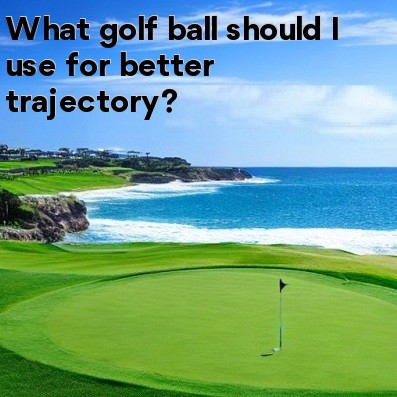
In Golf: What Golf Ball Should I Use for Better Trajectory?
Golf is a game that requires precision and accuracy. One important aspect that affects the flight of your shot is the choice of golf ball. Selecting the right golf ball for your game can significantly enhance your trajectory and overall performance on the course. Here are some factors to consider when choosing a golf ball for better trajectory:
- Compression: Golf balls come in different compression levels, ranging from low to high. Higher compression balls are typically suited for golfers with a faster swing speed, as they help maximize distance and reduce spin. Conversely, lower compression balls are ideal for golfers with a slower swing speed, as they provide greater control and optimal ball flight.
- Dimple Pattern: The dimple pattern on a golf ball plays a crucial role in determining its trajectory. Balls with shallow dimples tend to produce a higher trajectory, while those with deeper dimples generate a lower trajectory. Choosing a dimple pattern that suits your swing characteristics can lead to improved ball flight consistency.
- Ball Construction: Golf balls are constructed with various materials, each offering different characteristics. Two-piece balls, consisting of a solid core and hard cover, provide maximum distance and a lower trajectory. On the other hand, multi-layered balls with softer covers offer enhanced spin control and a higher trajectory. Consider your swing style and requirements to decide which construction type best suits your game.
- Spin Rate: Golf balls with low spin rates tend to result in a lower ball flight, while high spin balls offer increased carry and a higher trajectory. Lower spin balls provide more roll upon landing, whereas higher spin balls stop more quickly on the green. Analyze your game to determine the spin rate that aligns with your desired trajectory.
Additionally, it's essential to consider your personal preferences and skill level when choosing a golf ball for better trajectory. Some golfers may prefer a lower trajectory for better control and accuracy, while others may opt for a higher trajectory to carry hazards and maximize distance.
It's worth noting that finding the right golf ball for your game often involves experimentation and trial and error. Experiment with different brands, models, and features to see which one suits your swing and desired trajectory the best. Consulting with a golf professional or taking advantage of ball fitting services can also provide valuable insights into selecting the ideal ball.
Remember that the golf ball is just one piece of the puzzle. Developing a consistent and efficient swing, along with proper technique and course management, are equally important factors in achieving the desired trajectory. Practice regularly and work on improving your overall game to maximize the benefits of using the right golf ball.
In conclusion, choosing the right golf ball for better trajectory involves considering factors such as compression, dimple pattern, construction, and spin rate. By analyzing your swing characteristics and personal preferences, along with experimenting with different options, you can find the golf ball that will enhance your trajectory and contribute to improved performance on the golf course.





